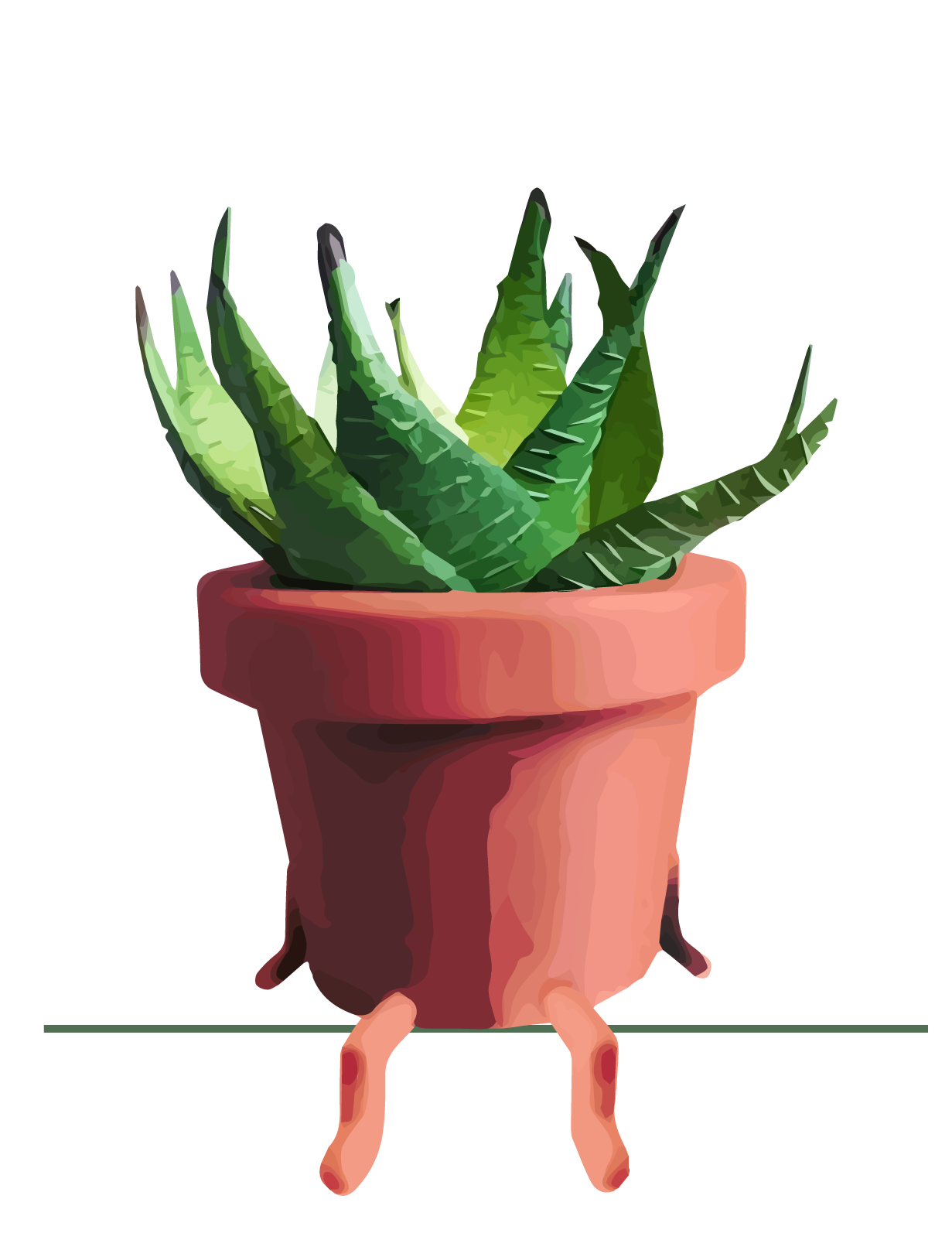Hardiness Zones Explained
What Are Hardiness Zones?
Ever heard a plant or flower described as “hardy” to a certain “zone”, but found yourself a bit confused as to what that means? When gardeners and growers talk about hardiness and zones, they’re referring to a map that the USDA developed to catalogue the average lowest temperatures across the United States. The US is broken up into thirteen zones, with average low winter temperatures ranging from negative sixty degrees in northern Alaska to around forty degrees in Hawaii.
By knowing what the most likely extreme low temperatures are in their area, gardeners and growers can make informed decisions about the seeds they plant and the plants they cultivate. As Texas gardener Neil Sperry put it, “Every plant has its limits”. Knowing the low temperature and knowing which plants cannot survive at that temperature stops gardeners from investing in plants that won’t survive the colder months.
What Hardiness Zone Am I in?
You can find out what hardiness zone you’re in using the map below or entering your zip code on this website https://planthardiness.ars.usda.gov/PHZMWeb. If your area seems like it overlaps with more than one zone, you can input your zip code into the USDA’s website to get an exact match for your zone.
Zones in Texas range from 6 to 9, with average extreme low temperatures ranging from negative five in the panhandle to thirty degrees down south.
How Will Hardiness Zones Impact My Gardening?
From planning out your gardening season to browsing for plants and flowers at your local gardening centers, considering the impacts that weather and climate will have on your garden is very important. Purchase plants that are winter-hardy for your zone or colder. Many plants will include a range of zones they can thrive in, but some only come with the coldest zone that they can tolerate.
In addition to the temperature of your area, you should also consider frost dates and the frequency of snow cover when choosing your plants. While all flowers have a lower threshold for the temperature that they can live in, not all of them can survive heavy snow.
Besides accounting for colder temperatures/weather, you should also think about the length of your growing season, the frequency of rainfall and high winds in your area, levels of humidity, and warm temperatures. If you live in the western part of the United States, you can use the Sunset Climate Map, which takes many of these factors into account when breaking up the country into zones. However, not all flowers and plants will be marked with this notation, but most of them will have the USDA’s hardiness zones.

